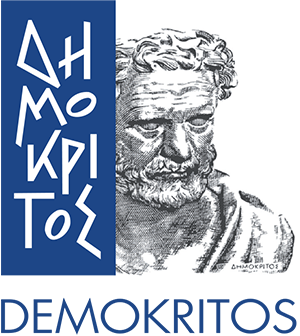Preparation for ITER
ITER is the key facility on the path to realization of fusion energy and the first-ever fusion device anticipated to produce net energy. It is expected to achieve first plasma by the end of 2025 and begin Deuterium-Tritium Operation by 2035. In view of this goal, a huge combined effort is being made by a globe-spanning collaboration of 35 nations towards the preparation of ITER operation.
The Joint European Torus (JET), which is currently the largest operating tokamak in the world and the central research facility of the European Consortium for the Development of Fusion Energy (EUROfusion), has an important role as a test bed for ITER technologies and plasma operating scenarios. Among others, several ITER oriented experiments are performed at JET with the objective to validate codes, models, assumptions and data currently used in ITER nuclear analyses.
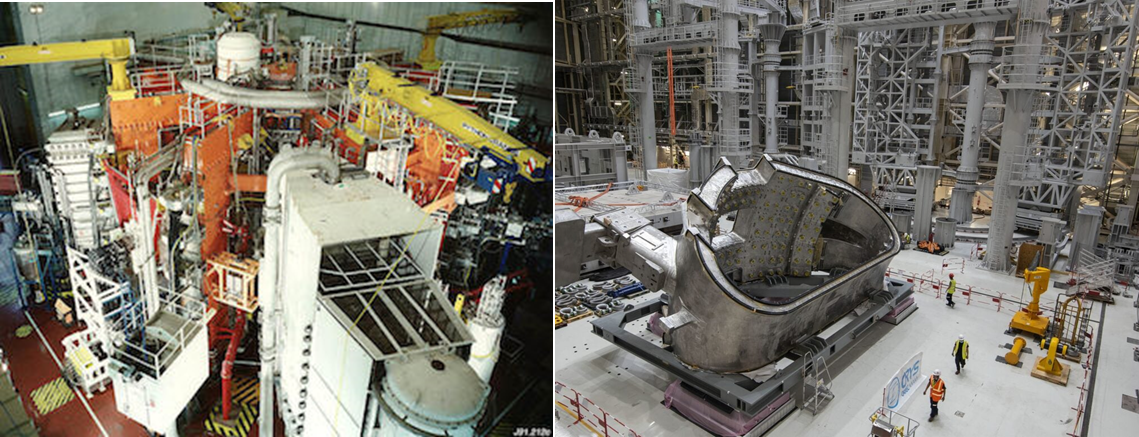
Fig. 1 The Joint European Torus, at Cullham, UK, is the largest operating tokamak (left). ITER is JET successor and is currently under construction at Cadarache, France (right)
FTG contributes to the Preparation of ITER Operation project, participating in experimental and computational studies that are implemented at JET in direct support to ITER. Our work includes radiological characterization of ITER materials, neutron streaming and shutdown dose rate measurements at positions close and far from the plasma source, development and testing of neutron detectors, as well as radiation damage studies of functional materials.
FTG participation in the JET activities was initiated under EU FP8 framework program, performing experiments and calculations for neutron transport and activation code validation, as well as neutron activation studies of ITER materials and data validation exploiting the JET Deuterium-Deuterium (D-D) and Tritium-Tritium (T-T) plasma campaigns. These tasks will be completed under FP9 program taking advantage of the follow-up of JET operation with Deuterium-Tritium (D-T) plasma leading to a significant production of 14 MeV neutrons.
These activities aspire to reduce the related uncertainties and risks in ITER operation and maximize the scientific and technological preparedness, thus ensuring a successful launch of ITER and future fusion plant DEMO.
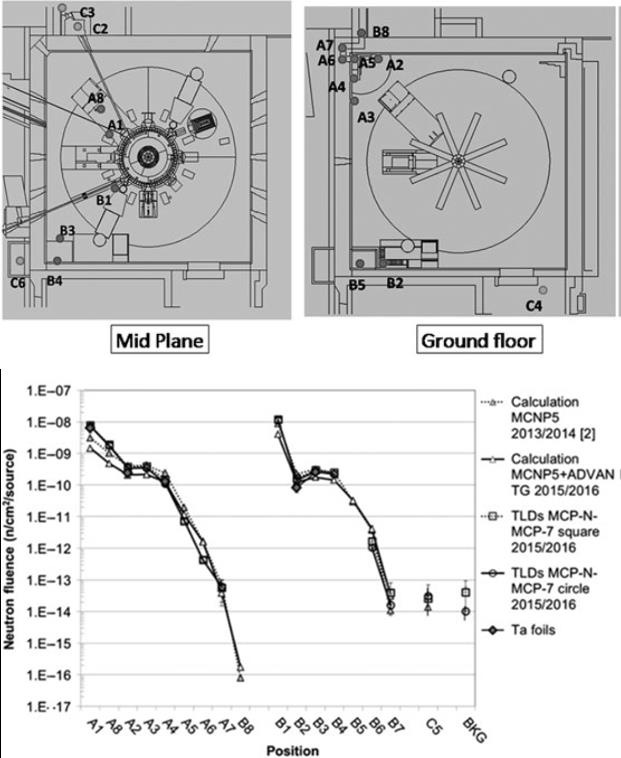 |
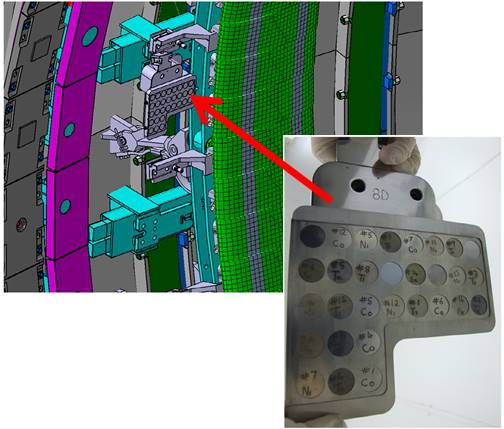 |
| Fig. 2 Neutron flux calculations and measurements near and far away from the plasma source during the 2015-16 JET D-D campaign. A very good agreement can be observed. (Batistoni et al, 2018). | Fig. 3 The JET Long Term Irradiation Station assembly with dosimetry foils and ITER materials samples |
Development of a neutron detector for fusion applications (VERDI)
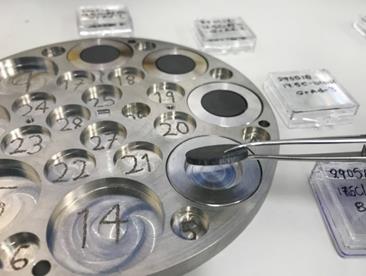
Fig. 4 Positioning of the VERDI detectors in the RADA holder for irradiation at JET
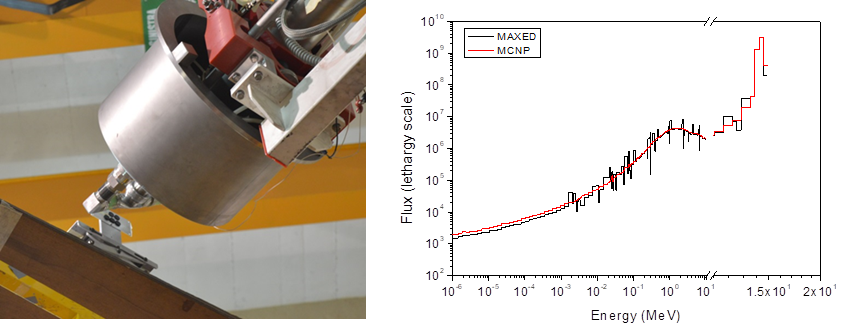
Fig. 5 VERDI detector test irradiation at the 14 MeV ENEA Fast Neutron Generator and a comparison of the experimentally derived neutron energy spectrum against Monte Carlo prediction using the MCNP code (from Savva et, 2019).
Experiments and calculations in support of the development of a Breeding Blanket system suitable for integration in the DEMO power plant
The objective of the Breeding Blanket (BB) Project is the development of a BB system and related Tritium Extraction and Removal system suitable for integration in the DEMO power plant. A major goal of the program is devoted to the experimental support required for the evaluation, benchmarking and validation of relevant fusion nuclear data and neutronics tools especially for DEMO applications. Moreover, the program is enhanced by dedicated efforts on the development of nuclear instrumentation and detectors with synergies to respective radiation diagnostics in harsh fusion environments.
The behavior of tungsten as shielding structure for the DT 14 MeV neutrons is studied in a mock-up assembly developed at ENEA Frascati Neutron Generator (FNG) that mimics the composition of a DEMO BB shielding element. Integral benchmark and mock-up experiments with pre-analysis, assembly, design of detectors, measurement campaigns, and post-analyses are performed for validation of neutronics tools and data that simulate tungsten behavior under the fusion environment expected at DEMO.
Our group examines the feasibility of using VERDI detectors for the determination of neutron fluence rate and energy spectrum at several positions along the ENEA-FNG tungsten mockup and compare against neutronic calculations for validation of the codes and data used in DEMO nuclear analysis.
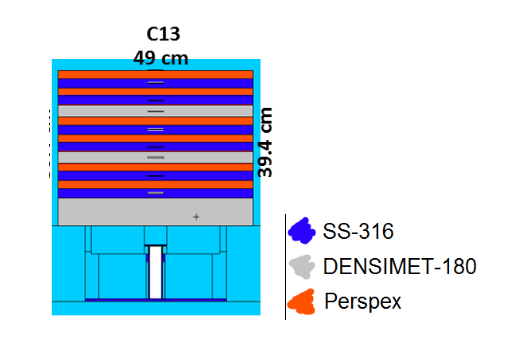
Fig. 6 ENEA-FNG tungsten shielding mock up model. VERDI detectors will evaluate the neutron spectrum at several positions within the assembly to validate the neutronic calculations.
Occupational Radiation Exposure Estimations for DEMO
The demonstration power plant, DEMO, will be the successor of ITER, transitioning fusion from a science-driven exercise to an industry and technology-driven program. Since safety and design are tightly connected, the design solutions affecting safety requirements have to be verified step-by-step before being accepted and integrated into the different DEMO systems and components. The scopes of the DEMO Safety and Environment Project (SAE) include the preparation of the Preliminary Safety Report for the nuclear licensing of the plant. Building the Occupational Radiation Exposure (ORE) assessment for the maintenance activities of the DEMO systems is a key activity in the SAE project. The analysis and organization of the activities in case of planned or unplanned maintenance, as well as recovery in case of abnormal events, have to be considered aiming to optimize ORE in the context of the application of the iterative ALARA process. The occupational radiological hazards in DEMO and the measures to protect the workers from these hazards will be detailed in the Generic Site Safety Report – Volume 4 (GSSR4).Our group participates in the development of the GSSR4 documents performing ORE estimations for the maintenance activities of the DEMO Electron Cyclotron Radiofrequency Heating (ECRH) systems and the Divertor Primary Heat Transfer (PHT) System.
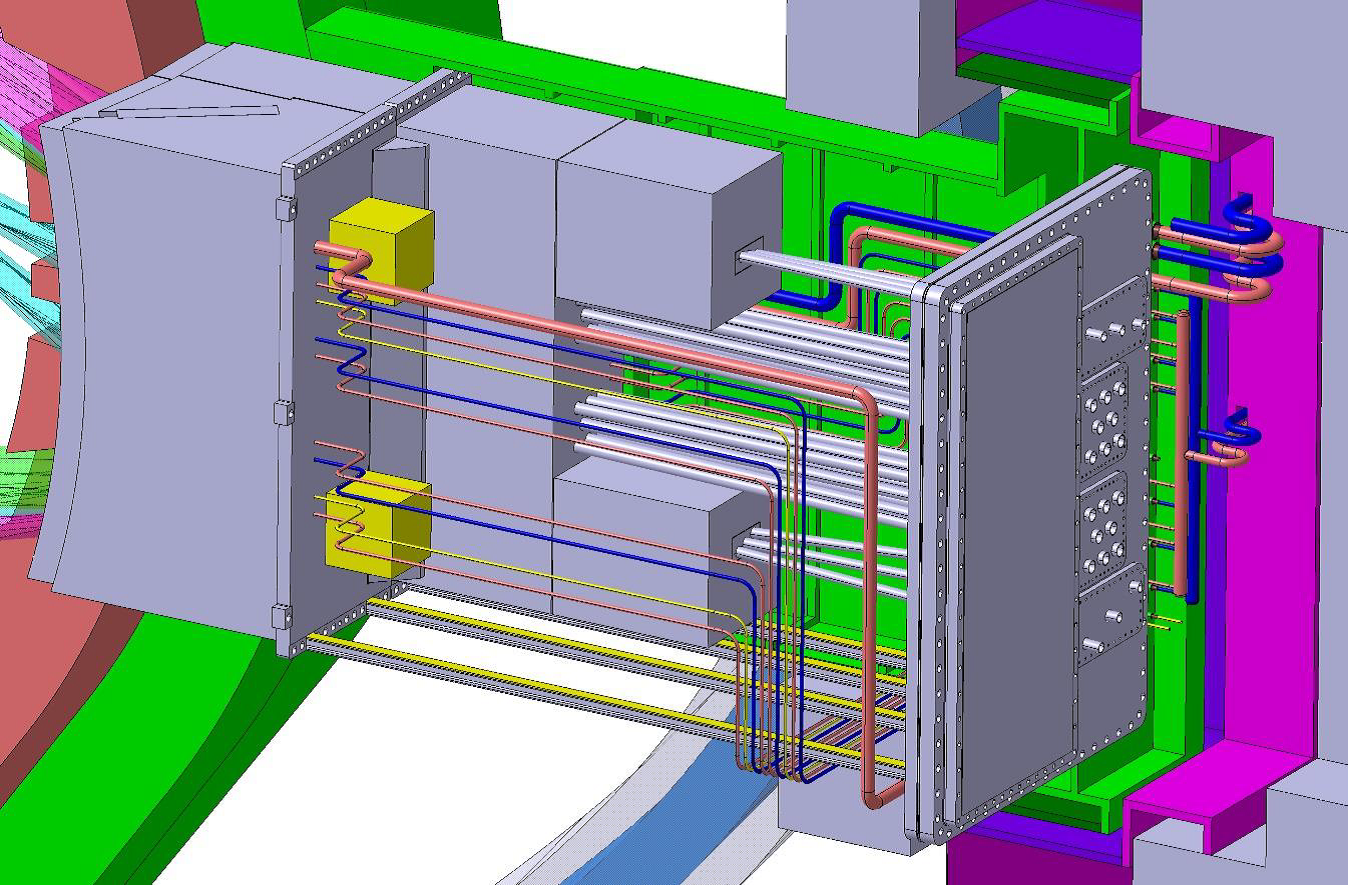
Fig. 7 DEMO Electron Cyclotron Equatorial Port Plug (from T. Franke et al., Fus Eng Des, 168 (2021) 112653). These radio-wave-generating systems are designed to deliver energy at frequencies that match the oscillations of particles inside the plasma—a matching called "resonance" The energy increases the velocity of the particles' chaotic motion and their temperature.

